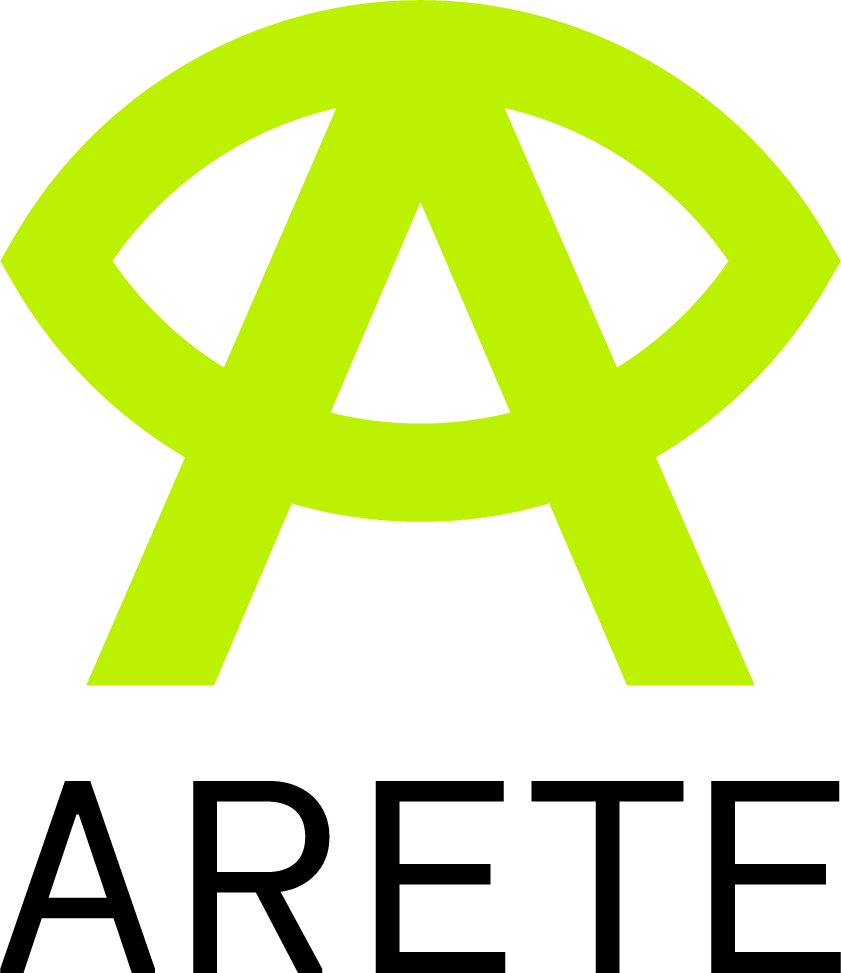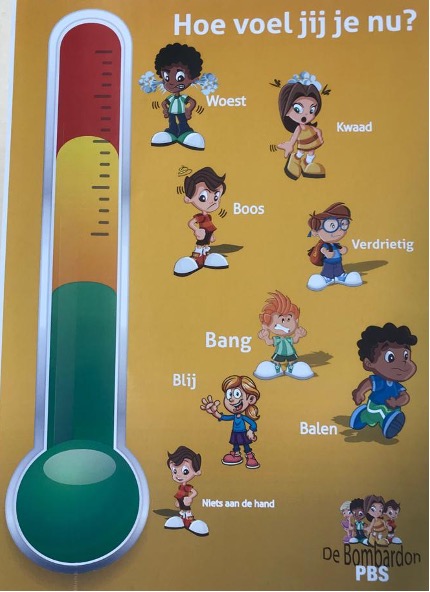Paediatric Voice Recognition API with Performance Data Collection xAPI
The Arete App "READ SPELL" starts with the "foundation" for learning to read and spell i.e., teaching each of the 44 English language phonemic speech sounds, digraphs, and blends. We use our catalogue of "nonsense" words that identify each of these speech sounds and blends. At this level, the "nonsense" word approach helps to teach and reinforce 'word attack skills' for words that do not incorporate rules or irregularities.
We researched the Voice Recognition products available on the market , which are primarily developed for the "adult" voice - not the voice of a primary school child that is still learning to read and spell. We opted for the Dublin-based SoapBox Labs (SBL) Paediatric Voice Recognition technology (API) which is designed specifically, to capture the voice of children.

The "nonsense" words were added and incorporated into SBL database of English language words and with the SBL API we can measure performance outcomes for each of the students using our educational content and material. However, to accommodate the "nonsense" word element we had to adjust the percentage of correctness for each word which had to be lowered (80%) in the API. In "real-time" we can also identify which of the 44 English language speech sounds and blends a student is having difficulty with, and provide scaffolding, where the student is asked to try the word again and if the issue has not been corrected on the second attempt, the student is referred (by clicking) either the vowel & consonant charts contained in the app, which provide an audio-visual representation of the speech sound concerned or, the 'word' is read back to them on the "click" of a button.
The 'facilitators' (teacher or parent) are guided through the phoneme recognition approach. The programme progresses from nonsense words to real words of varying length and complexity, which incorporate the rules being taught, to help identify (i) sound / symbol associations (e.g., /-ce/, /-dge/) leading to (ii) complex prefixes and suffixes (e.g., /multi-/, /-ious/, /-cient/ etc.).
Performance Data Collection - xAPI
We share the student learning activity data with the teacher using xAPI, via the Learning Record Store (LRS) to the teacher dashboard. We can track the voice recognition learning data that occurs in the mobile app, which is then logged to the teacher dashboard for each of the students, allowing the teacher to determine progress related to the individual performance for each of the students.
Examples from the xAPI data include:
- Tracking which of the resources a student has accessed within the App and how much time they spend using/viewing each resource e.g., AR, Vowel & Consonant Charts
- Tracking which actions the student takes during the lessons, counter gamification for speech sounds, viewing audio/visual 3D AR, reading & spelling exercises, and multiple-choice quizzes
- All data collected via xAPI and stored in the Learning Locker can be made available for further research going forward.
WordsWorth Learning Ltd. 2022



